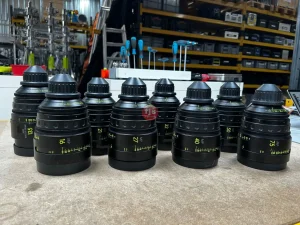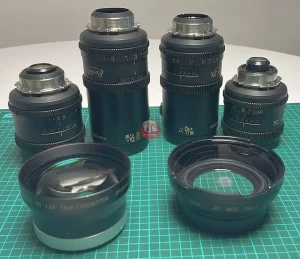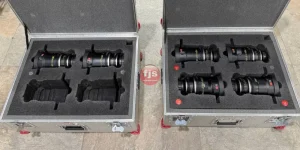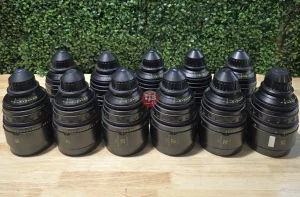Anamorphic lenses are often celebrated for their ability to create a cinematic, widescreen look. However, they can be expensive and require specific equipment. If you’re seeking a wider field of view without breaking the bank, here are some viable alternatives:
1. Ultra-Wide-Angle Lenses:
- Key features: Shorter focal lengths (e.g., 14mm, 16mm) capture more of the scene in a single frame.
- Benefits: Affordable, versatile, and suitable for various genres.
- Considerations: Can introduce distortion, especially near the edges of the frame.
2. Fisheye Lenses:
- Key features: Extremely wide-angle lenses with a circular or semi-circular image format.
- Benefits: Unique, immersive perspective, ideal for action or creative shots.
- Considerations: Can be difficult to control distortion and composition.
3. Zoom Lenses with Wide-Angle Settings:
- Key features: Offer a range of focal lengths, including wide-angle options.
- Benefits: Flexibility to adjust the field of view as needed.
- Considerations: May not provide the same level of sharpness as dedicated wide-angle lenses.
4. Panning and Zooming:
- Key features: Combining camera movement with zooming can simulate a wider field of view.
- Benefits: Creative control over the shot, often used in documentary or cinematic styles.
- Considerations: Requires careful planning and execution to avoid motion sickness or disorientation.
5. Post-Production Techniques:
- Key features: Software tools like Adobe After Effects or Premiere Pro can digitally widen the frame or add fisheye effects.
- Benefits: Cost-effective, allows for experimentation and adjustments.
- Considerations: Can be time-consuming and may require advanced editing skills.
6. Anamorphic Adapters:
- Key features: Attach to standard lenses to create a partially anamorphic effect.
- Benefits: More affordable than true anamorphic lenses, can achieve a similar look.
- Considerations: May have limitations in terms of image quality and compatibility.
Conclusion
While anamorphic lenses offer a distinctive aesthetic, there are many alternative options for achieving a wider look. The best choice depends on your budget, desired style, and technical capabilities. Experiment with different techniques to find the perfect fit for your creative vision.
Questions and Answers
- What is the difference between a wide-angle lens and a fisheye lens?
- A wide-angle lens captures a wider field of view with minimal distortion, while a fisheye lens has a much wider angle and introduces significant distortion.
- Can I achieve a widescreen look without using an anamorphic lens?
- Yes, you can use ultra-wide-angle lenses, zoom lenses, panning and zooming, or post-production techniques to create a wider aspect ratio.
- What are the drawbacks of using anamorphic adapters?
- Anamorphic adapters may have limitations in terms of image quality, compatibility, and the level of anamorphic effect they can achieve.







